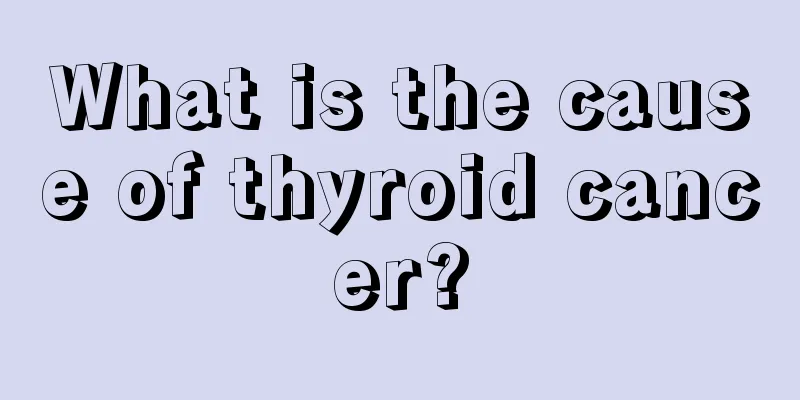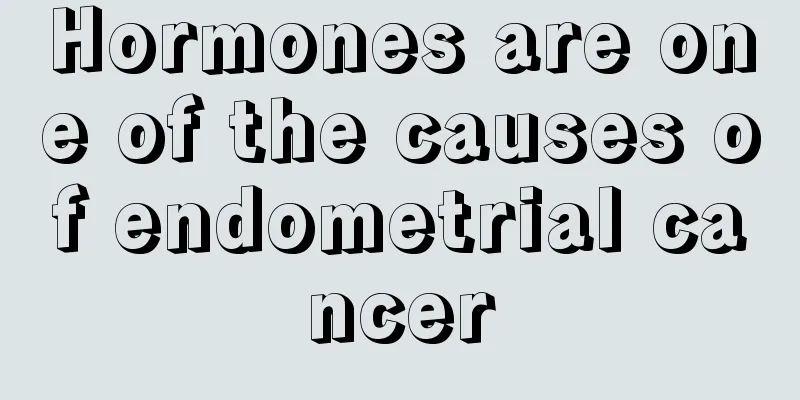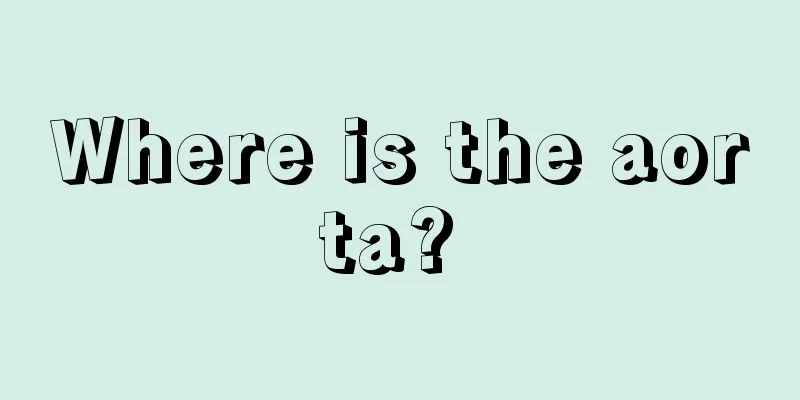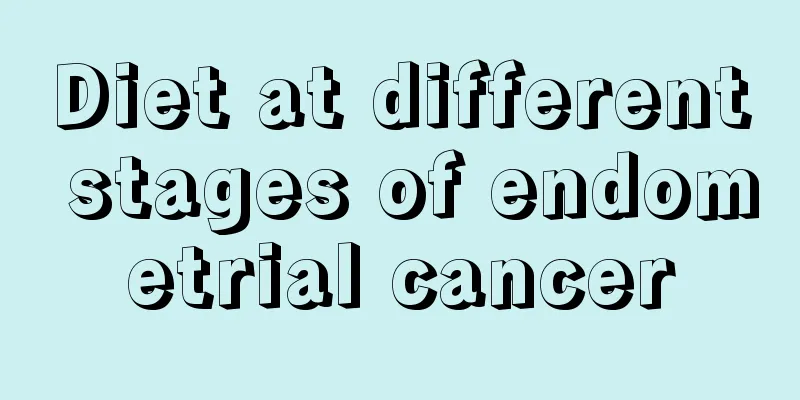What causes chest tightness and back pain?

|
Many people feel chest tightness and back pain from time to time. Be careful with this symptom, as it may be functional chest tightness, which is mainly caused by excessive emotional fluctuations, disputes with others, and sudden depression. Another type of symptom is pathological chest tightness. For example, some organs in the body are diseased, which can cause chest tightness. This mainly includes bronchitis, asthma and emphysema, all of which may cause symptoms of chest tightness and back pain. Chest tightness is a subjective feeling of difficulty breathing or not having enough air. Those with mild symptoms will feel nothing serious, but those with severe symptoms will feel uncomfortable, as if a stone is pressing on their chest, and even have difficulty breathing. It may be a functional manifestation of the body's organs, or it may be one of the earliest symptoms of disease in the human body. The causes of chest tightness in people of different ages are different, the treatments are different, and the consequences are also different. 1. Functional chest tightness (i.e. chest tightness without organic disease): Staying in a room with closed doors and windows and poor air circulation for a long time, or encountering some unpleasant things, or even having quarrels or disputes with others, or being in a climate with low air pressure, often causes feelings of chest tightness and fatigue. After a short rest, opening windows for ventilation or going outside to breathe fresh air, relaxing your mind and regulating your emotions, you will soon return to normal. This type of chest tightness can be said to be functional chest tightness, and there is no need to worry or seek treatment. 2. Pathological chest tightness (i.e. chest tightness caused by organic lesions): Chest tightness can not only be physiological, but can also be caused by diseases in certain organs in the body, i.e. pathological chest tightness. like: 1. Respiratory obstruction: tumors in the trachea and bronchus, tracheal stenosis, and external pressure on the trachea (thyroid enlargement, tumors in the mediastinum); 2. Lung diseases: emphysema, bronchitis, asthma, atelectasis, pulmonary infarction, pneumothorax; 3. Heart disease: certain congenital heart diseases, rheumatic heart valve disease, coronary heart disease, heart tumors; 4. Diaphragmatic diseases: diaphragmatic expansion and diaphragmatic paralysis. |
<<: What's causing the pain on the right side of my head?
>>: What should I do if I get bloating due to drinking? Tips to eliminate flatulence
Recommend
What are the causes of rupture and bleeding of liver cancer
What are the causes of liver cancer rupture and b...
Can right ovarian teratoma be cured?
It is very troublesome to have children nowadays....
The difference between hot perm and ceramic perm and how to take care of it
As beauty methods continue to develop and change,...
If this happens during the second pregnancy, a caesarean section is required
If you meet the conditions for vaginal delivery a...
People who blush after drinking are most likely to get this type of cancer
Liver cancer is one of the common malignant tumor...
Are adenomatous polyps benign?
Tumor is a physical disease that has a great impa...
The difference between menstruation and miscarriage
Menstruation and miscarriage are not unfamiliar t...
What are the benefits of adding vinegar to foot washing
Foot soaking is something we often do in our dail...
What are the essential nutrients for the human body?
Human life requires a lot of nutrients to maintai...
Can ginger treat hair loss?
Ginger is used to treat hair loss. In fact, many ...
Kidney deficiency and empty brain marrow
In traditional Chinese medicine theory, kidneys a...
Why is melasma also called liver spots
Melasma is also called liver spots, which is main...
How to deal with honeysuckle infested with insects
Many plants are susceptible to diseases and pests...
What are the symptoms before death from nasopharyngeal cancer?
Many people will feel very painful and even die f...
There is a tumor on the waist
When pressing on the waist, you will find a raise...









